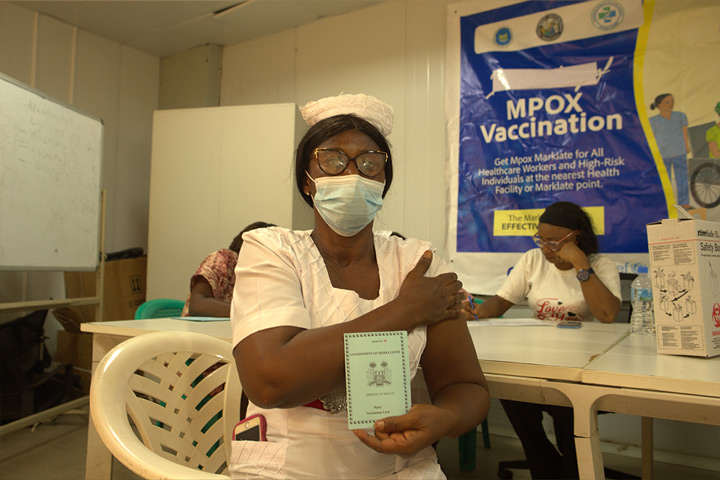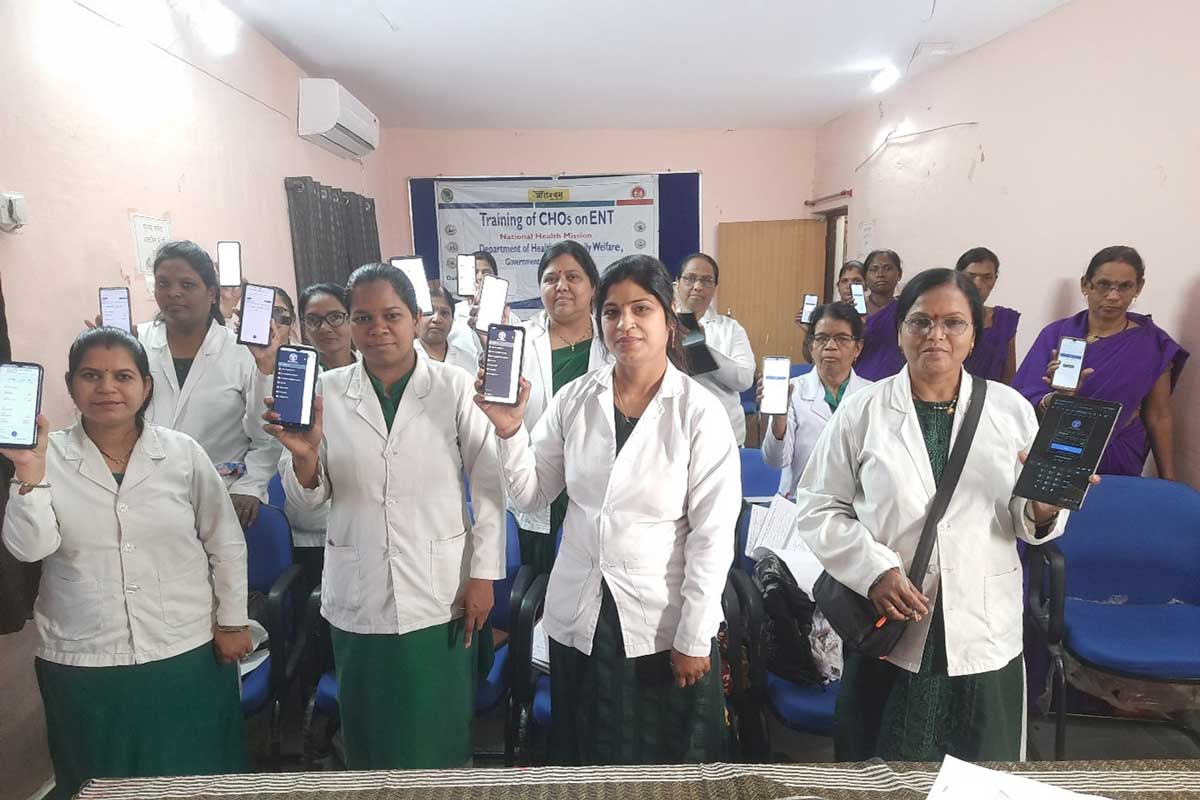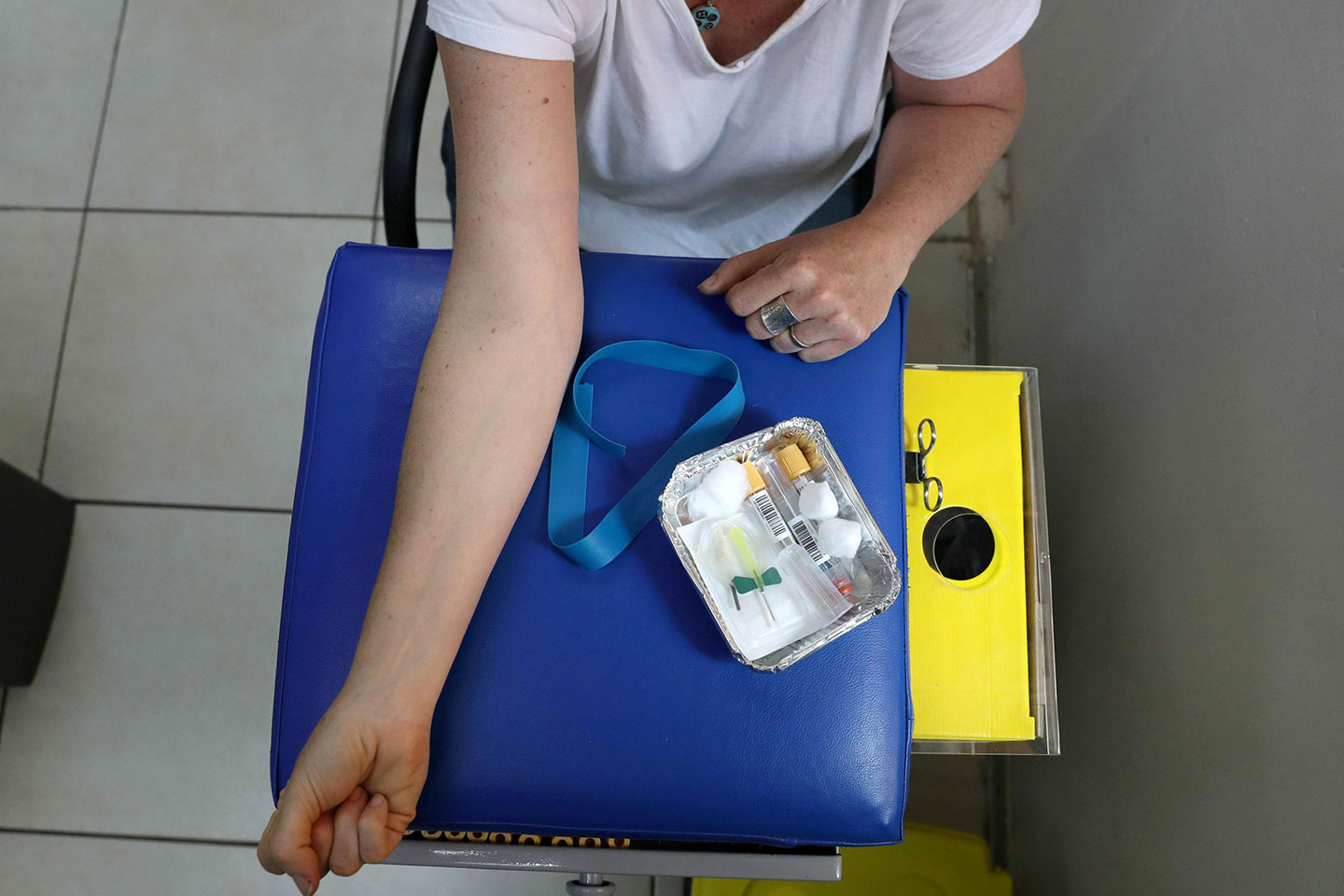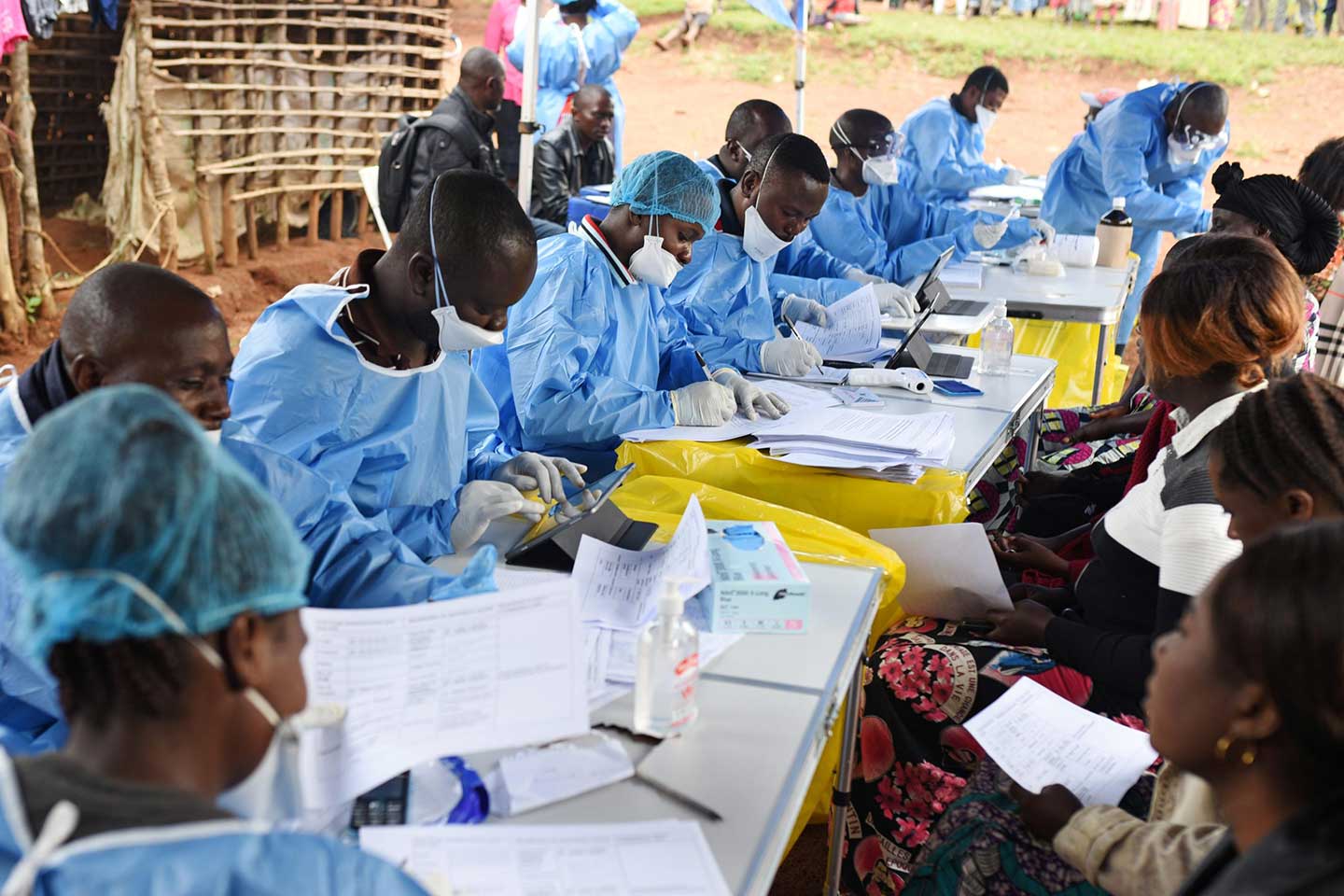Scientists have spent nearly 100 years searching for a better way to give vaccines
We didn’t have to be stuck with needles.
- 20 April 2021
- 6 min read
- by Quartz
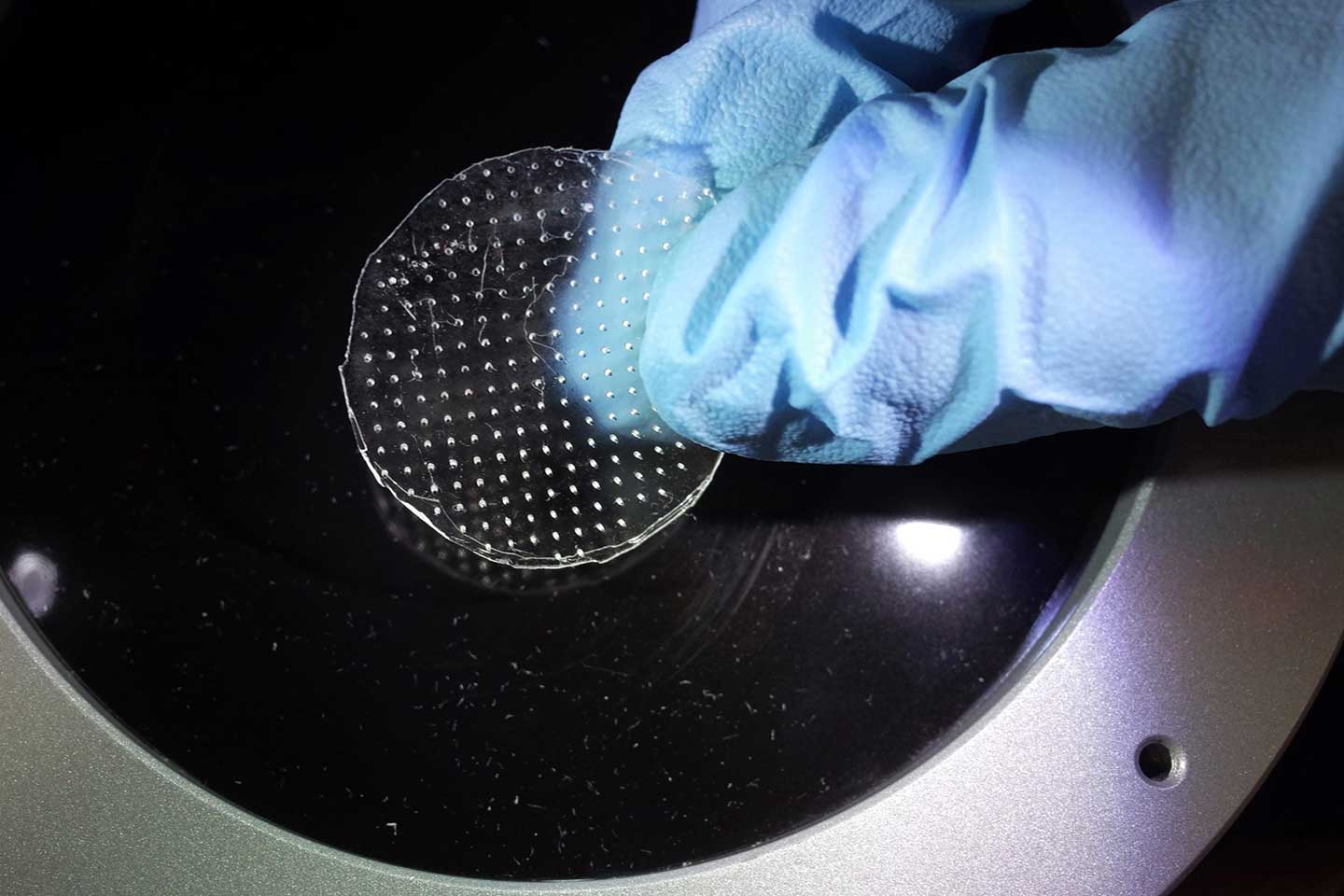
There are a dozen Covid-19 vaccines that healthcare professionals are administering worldwide, and all of them require needles.
That’s not necessarily a bad thing: Shots with modern, single-use needles have worked for inoculations since the 1960s. They’re easy for manufacturers to prepare in standardized vials that any needle can penetrate and deliver into a willing arm. And at this point, they’re common enough that most countries have the facilities, supplies, and healthcare providers available to store and administer them – and if not, it’s easy for aid organizations to step in and offer support.
But it doesn’t mean that shots are the only mode of vaccine delivery. No one likes needles, though some patients have true phobias that may dissuade them from getting vaccines at all. Needles also pose a risk to the providers administering them and require safe disposals. And lastly, when they’re in short supply, they can cause bottlenecks that stagnate mass vaccinations.
Immunologists know all of these shortcomings. For decades, many have been working on alternative methods for delivering vaccines that could be easier on patients and healthcare providers. But drug manufacturing companies have been lukewarm to the idea of trying out newer kinds of vaccinations, mostly due to the difficulty of testing these jabs.
Have you read?
Alternative forms for new immunizations would require even larger clinical trials. “You’d have to double the size of the trial,” says Bruce Weniger, an epidemiologist at Emory University who has worked with the World Health Organization and US Centers for Disease Control and Prevention on immunization policy. Instead of having a control group and one vaccinated group, you’d have to have two of the latter – one getting an injection as a conventional means of delivery, and one getting a newer method. And right now, the US Food and Drug Administration requires drug companies to test new methods of delivering vaccines – even if the vaccine itself has been approved – the same way they’d test a brand new product, Weniger says.
Still, that hasn’t stopped some drug companies from trying to find new ways of making vaccines. For Covid-19, several companies are working on inhaled vaccines, which could improve vaccine uptake in rural areas. But there are so many alternative ways to gain immunity to pathogens that physicians have explored since the very first inoculations. Some of them may even be forms of vaccines in the future.
Inhaled vaccines
There’s a lot of optimism around the idea of inhaled vaccines for Covid-19. Vaccines that go through the respiratory tract are especially beneficial against respiratory viruses because they can jumpstart the immune cells that line our airways. But while these may be an effective route for adults to be immunized, they’re less popular for childhood vaccines – which is likely why the technology hasn’t really taken off.
“Children are a major target group to get vaccination, and it’s hard to get children to cooperate with inhalation advice,” Weniger says. It’s difficult to instruct a child to take exactly the right kind of breath that guarantees enough particles of an inhaled vaccine reach their airways. Vaccine manufacturers tried to make nebulizers for certain vaccines that don’t require this quick inhalation, but these are also difficult for kids to wear over their noses and mouths for an extended period of time. At the end of the day, shots end up being easier to give to children – even if they’re also less desired.
Sub-cutaneous vaccines
When administered via shots in the upper arm, vaccines trigger the circulatory systems’ immune cells to making protective antibodies against a pathogen. But you don’t have to go deep into the body to reach immune cells; there are plenty below the top layer of skin, which is roughly 1.5 mm (1/16 inch) deep.
The very first vaccines took advantage of this shallow access to the immune system. Edward Jenner, the English physician who came up with the smallpox vaccine, nicked recipients with a knife or scalpel, and then filled the cut with pus or remnants of a smallpox scab.
In the 20th century, scientists discovered that cuts like Jenner’s are even deeper than they need to be. In recent years, scientists have explored giving vaccines through tiny micro-needles, which could be a quick touch similar to the kind you’d get in a cosmetic dermatology office, or a long-wearing patch no thicker than a Band-Aid.
As long as these devices could get the main components of a vaccine below the top layer of skin, which requires minimal damage, they could be safe and effective. Some research has looked into whether minor applications of heat or lasers could work to prime the skin before applying a patch or inoculating ointment over it. Scientists at one point even eyed the cosmetic tattoo industry for inspiration, but nothing came from that line of inquiry.
Micro-needles or other patches are one of the most likely methods for future inoculation, Weniger says. They could be easy to store and painless to administer – which is key for getting a vaccine into a child. If a doctor could put a patch onto a child’s shoulder blades, the child could safely get their immunization without being able to pull it off too early.
Jet-injection vaccines
Back in the 1950s, the US military developed an alternative to needles that took advantage of more superficial immune cells. This method, called a jet injection, sprayed a concentrated amount of a liquid vaccine onto the skin. With enough force (around 2,000 to 5,000 pounds per square inch, or 57 to 150 times the pressure of car tires), jet injectors could penetrate the upper layer of skin and generate an adequate immune response, much like sub-cutaneous vaccine patches.
However, immunologists later abandoned this method. For one thing, it would require extra steps to fill a vaccine into a jet-injection cartridge. For another, army physicians noticed that early models weren’t entirely sterile. When inoculating soldiers against hepatitis B using a jet injector, doctors found that sometimes, tiny particles of blood would bounce back into the injector, which could contaminate and potentially infect the next person to receive a vaccine.
The drug industry came up with disposable jet injectors to get around the contamination issue, and jet injectors were used to administer millions of vaccines against the flu, polio, meningitis, and even smallpox before it was eradicated. But success was short-lived: The space these cartridges took up made them impractical for some countries. And in 2011, the US FDA declared there was no good data to back up jet-injected vaccines over syringe vaccines, dissuading drug companies from developing them at all.
Author
 |
Katherine Ellen Foley |
Website
This article is originally published by Quartz on 5 April 2021.
More from Quartz
Recommended for you

